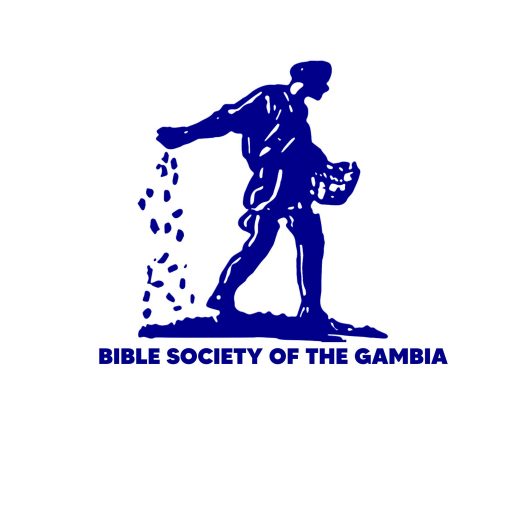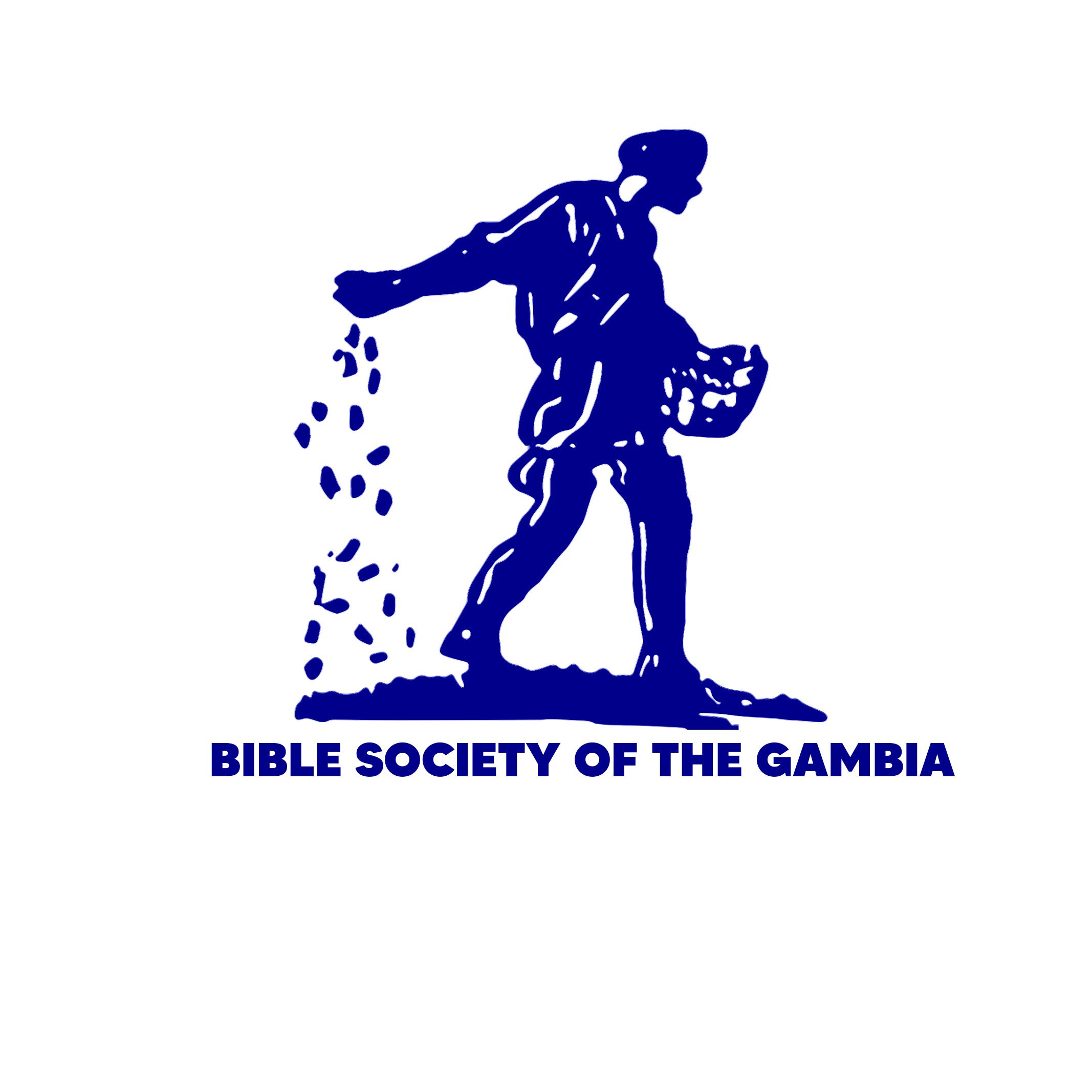Kambeŋ kotoo Alla batuñaa
1 Hani kambeŋ foloo ye yaamaroolu soto le nuŋ Alla batoo ye, aduŋ a ye batudulaa fanaa soto ñiŋ duniyaa kono le. 2 Biriŋ ñiŋ tiriliisoo* loota, a talaata fannaa fula le ti. A fannaa foloo ka kumandi Dulaa Senuŋo le la. Lampu looraŋo be a kono le, aniŋ taabuloo, mbuuru senuŋo* ka tara laariŋ meŋ kaŋ. 3 Fannaa fulanjaŋo konoto, meŋ be ridoo kooma, wo ka kumandi Dulaa Senuŋ Baa* le la. 4 Cuuraayi siisindidulaa be jee le, meŋ dadaata niŋ sanoo la, aniŋ Kambeŋ Kunewo*, meŋ konoto niŋ a banta bee muurita niŋ saniforoo la. Wo Kambeŋ Kunewo kono, sani dumboo be jee le, ì ye manna* maabo meŋ kono, Haaruna la dokoo meŋ ye soroŋ kutoo fintindi nuŋ, aniŋ kambeŋ berewalaa fuloo. 5 Kerubu malaayika* fuloo meŋ ka a yitandi ko, Alla be jee le, ye ì dampaŋolu werendende kunewo bitindaŋo santo, meŋ keta junube kafaridulaa ti. Bari waatoo maŋ soto saayiŋ ka ñiŋ kuwolu kiliŋ-kiliŋ naa koyindi.
6 Kabiriŋ tiriliisoo niŋ a jooraŋolu bee pareeta, piriisoolu* ka tu taa la ì la dookuwo la le tiriliisoo fannaa foloo kono. 7 Bari wo fannaa doo to, meŋ be konoto, piriisi kuntii baa doroŋ ne ka taa jee, siiñaa kiliŋ doroŋ saŋo kono. Aduŋ a te duŋ na jee, niŋ a maŋ yeloo samba ñoo la, a ka meŋ bo sadaa* ti a faŋo ye, aniŋ moolu la junuboolu ye, ì ye mennu ke lombaliyaa kono. 8 Ka bo ñiŋ taamanseeroo la, Noora Kuliŋo ka a yitandi le ko, siloo maŋ yele foloo ka duŋ Dulaa Senuŋ Baa kono, kaatu wo Tiriliisi Senuŋ foloo be looriŋ ne hani saayiŋ.
9 Ñiŋ ka saayiŋ jamaanoo le misaali. A ka a yitandi le ko, batulaa sondomoo te tenkundi noo la ka bo niŋ beeyaŋ sadaalu niŋ sadaa koteŋolu la. 10 Wo yaamaroolu be dendiŋ hadamadiŋ baloo kuwolu doroŋ ne la. Ì be ko domori feŋolu niŋ miŋ feŋolu, aniŋ seneyandiri siifaa jamaa. Ñiŋ yaamaroolu ye semboo soto le fo janniŋ batuñaa kutoo be naa la.
Yeesu la piriisiyaa ntolu ye
11 Kabiriŋ Kiristu* naata finti ǹ ye piriisi kuntii baa ti, kuu betoolu to, mennu naata ǹ ye, a naata niŋ Tiriliisi Senuŋo* le la, meŋ na kuwo warata ka tambi wo tiriliisi tambilaa la, aduŋ ñiŋ tiriliisoo le timmata. A maŋ dadaa niŋ hadamadiŋ buloo la, waraŋ ñiŋ duniyaa daaroo la. 12 Kiristu dunta Dulaa Senuŋ Baa kono siiñaa kiliŋ doroŋ ne, moolu bee ye. A niŋ baakotoŋolu yeloo niŋ ninsiriŋolu yeloo maŋ duŋ jee, bari a dunta a kono niŋ a faŋo yeloo le la, aduŋ a ye badaa-badaa kiisoo naati ǹ ye.
13 Luwaa to nunto, ka baakotoŋolu yeloo, ninsituuraalu yeloo niŋ ninsiriŋolu seebuutoo sariŋ-sariŋ moo seneyaabaloolu kaŋ, wolu le ka moolu seneyandi ka bo ì la seneyaabaliyaa to. 14 Wo to, Kiristu yeloo duŋ, meŋ na kuwo warabaata beeyaŋ sadaalu yeloo ti! Ka bo niŋ badaa-badaa Nooroo la, a ye a faŋo dii sadaa ti, sootaari te meŋ na. Wo le ye a tinna a yeloo ka ǹ sondomoolu seneyandi ka bo baara nafantaŋolu kono, fo ǹ si Alla baluuriŋo batu noo.
15 Kiristu keta kambeŋ kutoo kanjurilaa le ti moolu ye, mennu kumandita ka badaa-badaa keetaa soto, fo ì si ñiŋ baluwo soto, meŋ laahidita nuŋ. A la saayaa keta kumakaaraŋo le ti moolu ye, mennu ye junuboo ke kambeŋ foloo koto.
16 Taalaa la sotofeŋolu talaaroo to, a faŋo ye meŋ talaañaa yaamari, wo talaaroo te ke noo la, niŋ a la saayaa kuwo maŋ koyi foloo. 17 Kaatu wo yaamaroo ka semboo soto waatoo doroŋ ne la, niŋ a maarii faata. A buka nafaa soto noo niŋ moo be baluuriŋ, meŋ ye a ke. 18 Wo le ye a tinna hani kambeŋ foloo faŋo maŋ semboo soto, niŋ yeloo te jee. 19 Biriŋ Musa ye Luwaa la yaamaroolu bee bankee moolu bee ye, a ye ninsiriŋolu yeloo niŋ baakotoŋolu le yeloo taa, a ye ì niŋ jiyo ñaami. Bituŋ a ye a sariŋ-sariŋ Luwaa Kitaaboo* kaŋ, aniŋ moolu bee, ka bo niŋ siisiliŋñaama buloo la, boorajulu wuleŋo tarata meŋ bala. 20 Kabiriŋ a be a kaŋ, a ko: “Ñiŋ ne mu kambeŋo yeloo ti, Alla ye ali yaamari meŋ na.”
21 Wo ñaa kiliŋo la, a ye yeloo sariŋ-sariŋ Tiriliisi Senuŋo fanaa kaŋ ne, aniŋ jooraŋolu bee, ì suulata mennu la Alla batoo kono. 22 Tooñaa, moo si a fo ko, Luwaa la karoo la, feŋ-wo-feŋ ka seneyandi niŋ yeloo le la, aduŋ niŋ yeloo maŋ boŋ, junube yamfoo te soto la.
Kiristu ye a faŋo dii sadaa ti, siiñaa kiliŋ ne moolu bee ye
23 Wo to, ñiŋ feŋolu mennu mu Arijana feŋolu misaaloo ti, a kummaayaata le ka ì seneyandi niŋ sadaalu la. Bari Arijana feŋolu faŋolu suulata le ka seneyandi niŋ sadaalu la, mennu beteyaata ñinnu ti. 24 Kaatu Kiristu dunta Dulaa Senuŋ Baa meŋ to, wo maŋ dadaa hadamadiŋo buloo la. Wo Dulaa Senuŋ doo mu ñiŋ tooñaa faŋo le misaaloo ti. Kiristu taata Arijana faŋo le kono, saayiŋ a be looriŋ Alla ñaatiliŋo la ntolu ye jee. 25 A maŋ taa Arijana kono ka a faŋo dii sadaa ti waati niŋ waati, ko piriisi kuntii baa ka duŋ Dulaa Senuŋ Baa kono ñaameŋ saŋ-wo-saŋ, a niŋ beeyaŋ yeloo, meŋ maŋ ke a faŋo taa ti. 26 Niŋ a keta wo ñaama, Kiristu ñanta toora la nuŋ siiñaa jamaa, biriŋ duniyaa foloodulaa to. Bari ko a keta ñaameŋ, a naata siiñaa kiliŋ doroŋ ne ñiŋ luŋ labaŋolu kono, fo a si junuboo bondi ka bo niŋ a faŋo la saayaa la, biriŋ a ye a faŋo dii sadaa ti. 27 Tooñaa le mu, moo-wo-moo ñanta faa la siiñaa kiliŋ ne, wo koolaa kiitiyo si naa. 28 Wo ñaa kiliŋo la, Kiristu fanaa keta sadaa ti siiñaa kiliŋ ne, ka moo jamaa la junuboolu bondi. A be naa fulanjanke le, bari wo te ke la junuboo la kuwo ti, bari ka moolu kiisa, mennu be i yillaariŋ baake ate ma.
Earthly and Heavenly Worship
1 The first covenant had rules for worship and a place made for worship as well. 2 A tent was put up, the outer one, which was called the Holy Place. In it were the lampstand and the table with the bread offered to God. 3 Behind the second curtain was the tent called the Most Holy Place. 4 In it were the gold altar for the burning of incense and the Covenant Box all covered with gold and containing the gold jar with the manna in it, Aaron's stick that had sprouted leaves, and the two stone tablets with the commandments written on them. 5 Above the Box were the winged creatures representing God's presence, with their wings spread over the place where sins were forgiven. But now is not the time to explain everything in detail.
6 This is how those things have been arranged. The priests go into the outer tent every day to perform their duties, 7 but only the high priest goes into the inner tent, and he does so only once a year. He takes with him blood which he offers to God on behalf of himself and for the sins which the people have committed without knowing they were sinning. 8 The Holy Spirit clearly teaches from all these arrangements that the way into the Most Holy Place has not yet been opened as long as the outer tent still stands. 9 This is a symbol which points to the present time. It means that the offerings and animal sacrifices presented to God cannot make the worshiper's heart perfect, 10 since they have to do only with food, drink, and various purification ceremonies. These are all outward rules, which apply only until the time when God will establish the new order.
11 But Christ has already come as the High Priest of the good things that are already here. The tent in which he serves is greater and more perfect; it is not a tent made by human hands, that is, it is not a part of this created world. 12 When Christ went through the tent and entered once and for all into the Most Holy Place, he did not take the blood of goats and bulls to offer as a sacrifice; rather, he took his own blood and obtained eternal salvation for us. 13 The blood of goats and bulls and the ashes of a burnt calf are sprinkled on the people who are ritually unclean, and this purifies them by taking away their ritual impurity. 14 Since this is true, how much more is accomplished by the blood of Christ! Through the eternal Spirit he offered himself as a perfect sacrifice to God. His blood will purify our consciences from useless rituals, so that we may serve the living God.
15 For this reason Christ is the one who arranges a new covenant, so that those who have been called by God may receive the eternal blessings that God has promised. This can be done because there has been a death which sets people free from the wrongs they did while the first covenant was in effect.
16 In the case of a will it is necessary to prove that the person who made it has died, 17 for a will means nothing while the person who made it is alive; it goes into effect only after his death. 18 That is why even the first covenant went into effect only with the use of blood. 19 First, Moses proclaimed to the people all the commandments as set forth in the Law. Then he took the blood of bulls and goats, mixed it with water, and sprinkled it on the book of the Law and all the people, using a sprig of hyssop and some red wool. 20 He said, “This is the blood which seals the covenant that God has commanded you to obey.” 21 In the same way Moses also sprinkled the blood on the Sacred Tent and over all the things used in worship. 22 Indeed, according to the Law almost everything is purified by blood, and sins are forgiven only if blood is poured out.
Christ's Sacrifice Takes Away Sins
23 Those things, which are copies of the heavenly originals, had to be purified in that way. But the heavenly things themselves require much better sacrifices. 24 For Christ did not go into a Holy Place made by human hands, which was a copy of the real one. He went into heaven itself, where he now appears on our behalf in the presence of God. 25 The Jewish high priest goes into the Most Holy Place every year with the blood of an animal. But Christ did not go in to offer himself many times, 26 for then he would have had to suffer many times ever since the creation of the world. Instead, now when all ages of time are nearing the end, he has appeared once and for all, to remove sin through the sacrifice of himself. 27 Everyone must die once, and after that be judged by God. 28 In the same manner Christ also was offered in sacrifice once to take away the sins of many. He will appear a second time, not to deal with sin, but to save those who are waiting for him.

